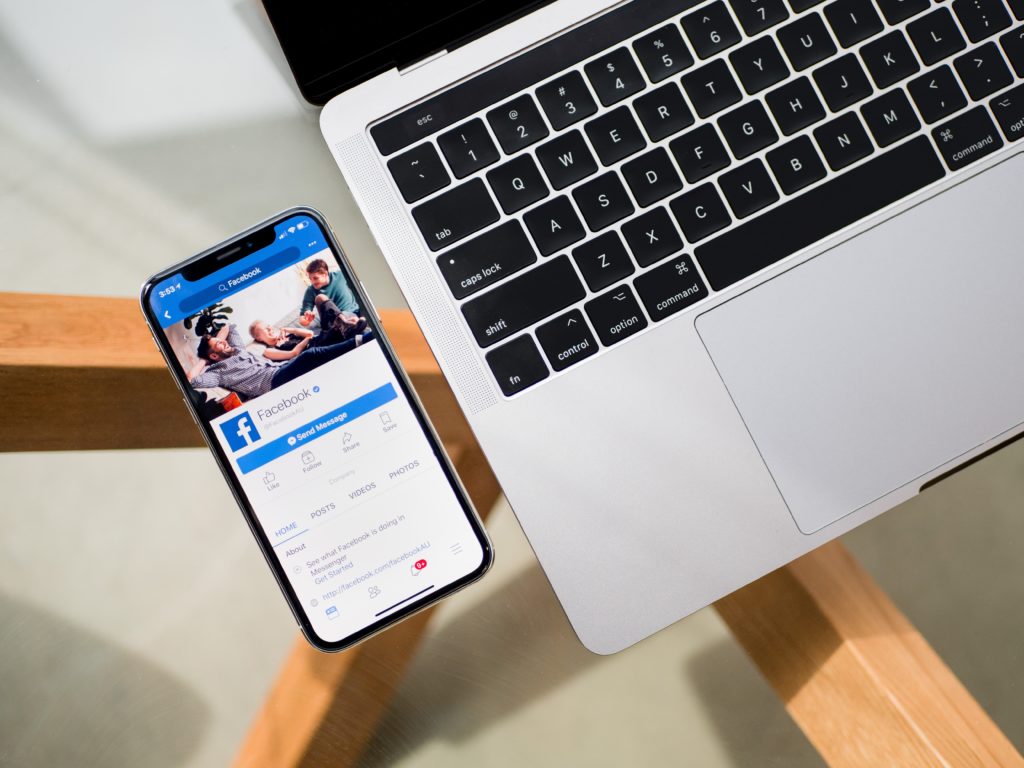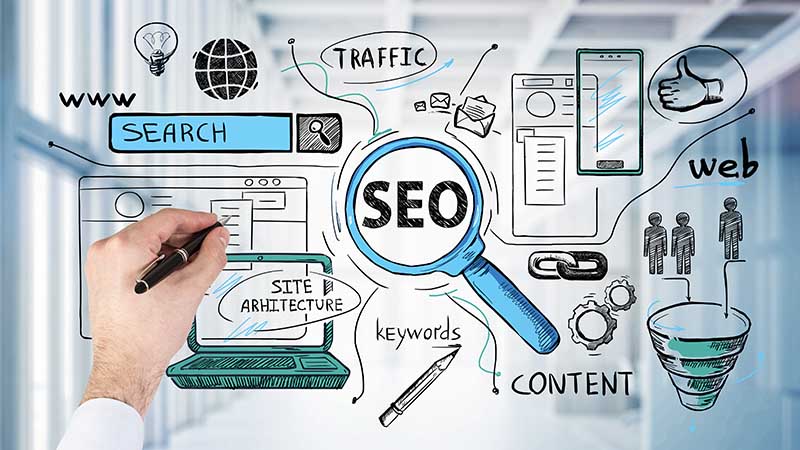March 5, 2018
3 Advantages of Facebook Ads Over Boosted Posts
Shannon Schmidt
Marketing & Strategic Lead

There are countless ways to market a client’s product or service. Some days at Epic Notion it seems it’s becoming challenging to reach potential customers the traditional organic way, which is why we value paid digital advertising on many online platforms including social media. Currently, we promote a fair amount of this social media advertising on Facebook, which leads to the question – Facebook ads vs boosted posts, which is better?
The difference
A very simple explanation of the distinction of these two is that boosted posts are streamlined versions of Facebook Ads. It’s pretty easy to boost a post. The dashboard for boosting posts is very clean and you don’t have as many options to select as you do with regular Facebook Ads. It’s also quick; say it typically takes you 30 minutes to execute an ad campaign through the detailed ads system, it could only take a few minutes or less to boost a post.
Easier and quicker doesn’t always mean better, though. Facebook Ads have clear advantages over boosted posts. Here are 3 reasons why you should invest the time to run Facebook ads over boosting a post:
More placement options
Boosted posts are commonly placed in desktop and mobile Facebook newsfeeds but you can also select an Instagram placement. Facebook Ads let you decide placements including instant articles, audience network ads, messenger ads, Facebook side ads, Instagram stories, plus Facebook and Instagram newsfeeds. The full ads system also lets you choose device types, so campaigns can include (or exclude) mobile, desktop, or connected TV users. You can compare this to running a billboard ad in a city on only one interstate that only people in SUVs can see (boosted posts) versus running billboard, building, transit and other outdoor sign ads in a city on several interstates and major roads where all motorists can see (full Facebook Ads).
Specific targeting options
You’re pretty limited on who you can targeted with boosted posts. The three options available are people who liked your page, friends of people who like your page, and simple audience lists you build of people through basic targeting. You can’t overlap audience types; for example, you can’t choose a lookalike audience and then add behavior targeting.
The full ads system allows for more targeted customization. You can layer multiple types of targeting to have your ad served to the exact customer you are trying to reach. Some of these options include locations, age, gender, languages, and custom audiences which include people who have already interacted with your business on Facebook or other platforms. From there you can add in more detailed targeting of demographics, interests or behaviors and create segments of those people with exclusions or inclusions (such as they must match one category AND also match another). In my example below, I’ve targeted Females 30-40 in the Charlotte NC area that are moms and like to work out but aren’t into CrossFit.
Better objectives and calls to action
Boosted posts only allow you to focus on website clicks or engagement such as likes and shares, where full ads let you choose objectives like brand awareness, video views, lead generation, and conversions. Facebook applies users’ history of activities to create audience segments for advertising. This is an important difference of goals since Facebooks uses the chosen objective to display your ad to those users they have identified that are likely to take the action you’ve made your objective for. Your chosen objective is also further encouraged with specific call to action buttons such as Apply Now, Sign Up and Learn More versus the simpler actions such as Like or Share that you’ll only get with a boosted post.
As you can see, we’re fans of Facebook Ads compared to boosting posts. There are so many additional opportunities! Boosted posts work well for getting quick engagement or promoting a particular message but Facebooks Ads should be an advertiser’s choice the majority of the time.
Share this post




